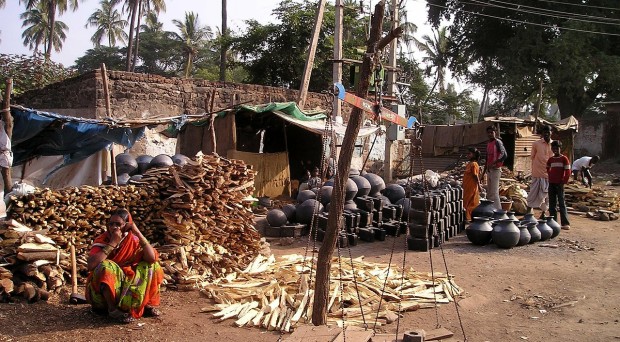
On Thursday 10 December, 2015 in Stockholm, King Carl XVI Gustaf of Sweden handed the Nobel Medal to the Nobel Laureates in Physiology or Medicine, including Drs. William C. Campbell, Satoshi Ōmura and Youyou Tu, to recognize their outstanding discoveries of artemisinin and ivermectin.
The two drugs have contributed significantly to the global vicious cycle of poverty alleviation and upliftment of impounded national health systems and economy.
A recently published Editorial from Infectious Diseases of Poverty entitled “Nobel Prize for Artemisinin and Ivermectin Discoveries: a great boost towards Elimination of the Global Infectious Diseases of Poverty” described the significance of artemisinin and ivermectin in the poverty alleviation in most low and middle income countries (LMICs) especially in sub-Saharan Africa.
Prevention and control
The therapeutic paradigm shift in prevention and control of infectious diseases of poverty (IDoP) has lived with humans since the time immemorial and dreaded health scourges of vulnerable populations in settings where resources are limited.
Malaria continues to exert a deep-rooted impact in 109 countries and territories worldwide and still leading to more than one million deaths annually, mainly children less than five years old, pregnant women and non-immune travelers.
Likewise, nearly 25 million people in Africa are still infected by onchocerciasis with more than 300,000 suffering from blindness in endemic countries and an estimated 250 million people at risk in 31 LMICs.
Essential medicines
The article emphasized common features of those drugs which are currently on the WHO’s list of essential medicines, with valuable and robust effects on many of IDoP control to elimination agenda.
They have not only had a remarkable influence on many endemic diseases and revolutionized therapeutic paradigms, but also fostered new global partnerships in improving the health systems, capacity development, affordable care delivery and promoting universal health coverage.
The article features some major attributes of the two drugs including broad-spectrum effects with very safe and efficacy profiles on a range of parasitic agents that significantly reduced the morbidity and mortality rates.
Furthermore, the article features some major attributes of the two drugs including broad-spectrum effects with very safe and efficacy profiles on a range of parasitic agents that significantly reduced the morbidity and mortality rates, varied combinations and packages that increase accessibility, availability and cost effectiveness to life-saving with more useful and effective applications control programmes at all levels. These landmarks have been boosting the beliefs and hopes on global elimination agenda of IDoP.
For instance, artemisinin-based combination therapies (ACTs) have been documented to be effective against acute and severe falciparum and vivax malaria, intermittent preventive treatment and curative with respect also to the asexual plasmodium stages.
The new ACTs approach has made it possible to scale up national malaria control and elimination programmes, enhancing innovative and integrated community-based packages implementation and management.
The article also provided information of another drug, praziquantel, which was developed by German pharmaceutical companies Merck KGaA and Bayer AG in early 1970s, and has been used in the control or elimination of schistosomiasis and other helminth infections.
It has also contributed greatly to saving lives of millions of poor and vulnerable populations, similar to the ACTs and ivermectin worked for malaria and lymphatic filariasis/onchocerciasis.
Therefore, the authors called for an urgent need to invest in further innovative, contextual and integrated evidence-based approaches, which provide new opportunities in elimination of IDoP, along with the advent of the Sustainable Development Goals (SDGs) in ensuring global health security, well-being and economic prosperity for all.
Comments